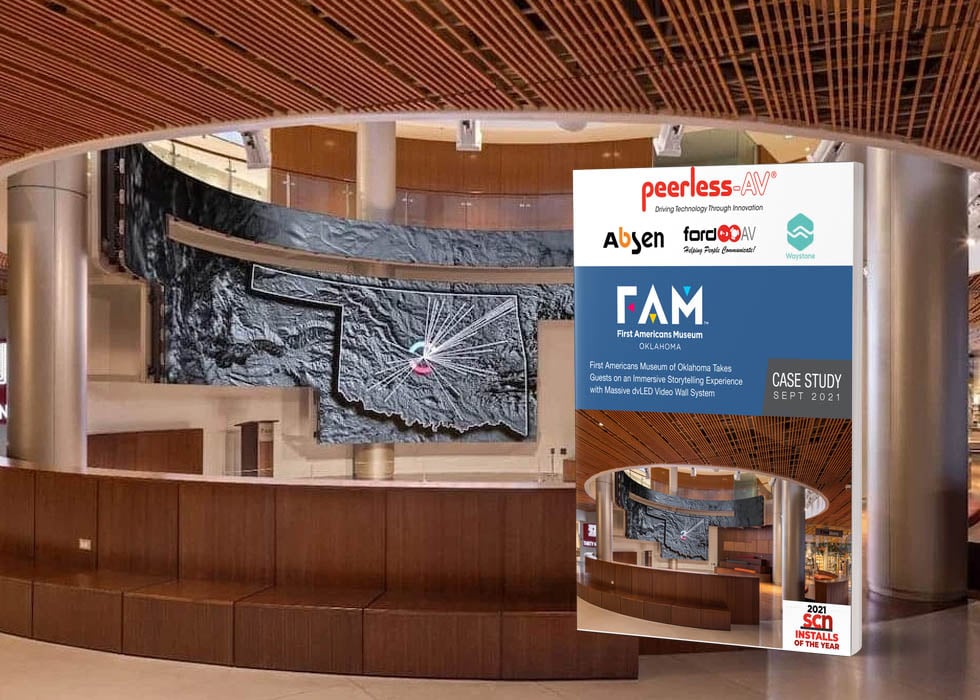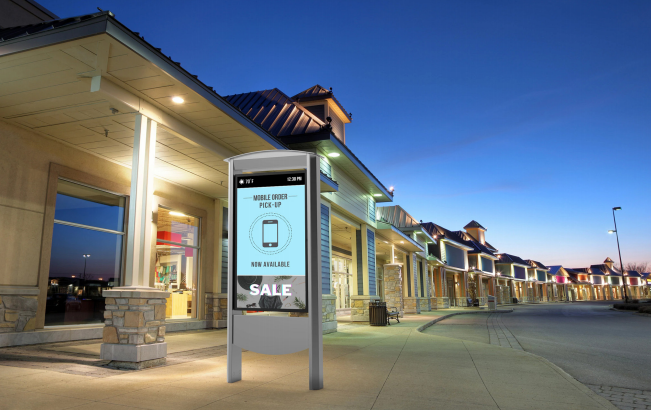Digital Signage: Even Eye Candy Technology Can Be Effective When There's a Strategy Behind It
There can be a fine line between technology that's not much more than eye candy, and something that's useful and appropriate to the application.
If you have been around AV and digital signage for a while, you will have seen any number of head-scratcher video walls and other display projects. These jobs tend to be led by some sort of need to have a big video wall or other device in place, but no real thought around content or strategy. This happens not only with big LCD and LED video walls, but also with much more diminutive projects.
I mention this because I have watched for years now as crowds have gathered at trade shows around the exhibits of vendors selling those spinning LED light wands, as single units and then as synced multi-unit displays that produce larger visuals. They get marketed as 3D visuals and called holograms, though the people who really know hologram technology would roll their eyes. Technology markets have a well-established appetite for misappropriating terminology and stretching truths (we've all looked at displays marketed as seamless, that had seams!)
The LED blades are interesting to see, for sure, but they may have a very short shelf life on viewer interest, depending upon how they get schemed in and used. A bunch of them is just a bigger, slightly hazy visual that in most cases would be better done with a bright, crisp LCD, OLED, or LED display.
BUT ... I have seen some examples lately of these light wand thingies being used very effectively - making the case yet again that strategy and creativity should drive AV decisions, not a desire to use a specific kind of technology.
The designers cleverly use the key advantages of the devices - their transparency and the minimal rear footprint of the rotor, and the stand or mount. So visuals can just kind of appear and disappear in a way that's not as workable with solid displays with rectangular shapes and frames.
For example, a Lebanese live events company worked with the consumer devices firm Dyson on a shopping mall window display in Dubai that makes visuals appear immediately beside a merchandising display for a high-end Dyson air purifier, with the animation delivered on the light blades - showing how it captures harmful pollutants and automatically cleans a whole room, with clean fresh air flowing out of the device.
The window display plays to the whole notion of airborne particles very effectively, because the visuals do just kind of hang in the air by the product.
The Dallas solutions provider Glass Media did a different job for retailer Neiman-Marcus, for a floral-themed window display. Print graphics on the window are supplemented by big flowers that just materialize from the light blades.
In a very different twist, a Dubai bar's outdoor lounge has a set of virtual tropical birds and butterflies that materialize around the palm trees that flank the seating area. It works well because it is unexpected, and doesn't scream look at me!!! It's just part of the venue's overall experience.
All three are good examples of service providers and their clients thinking through the business need and environment, and coming up with the visuals that hit whatever objective was established.
Compare that to jobs where this kind of technology - or any number of other eye-candy display visuals - is acquired and deployed, and ONLY THEN do people start talking about why's it's there and what to show on it.
It's the difference between creating a little surprise and delight in a window or other scenario or putting up something that's outside the technology norm and hoping the people will even notice it. In almost every instance, digital signage works best when strategy and creative lead, and then the people behind the project look for the best technology for the job.
Want to learn more about digital signage? With this online course, learn how to turn your digital signage into a powerful and affordable tool for your organization.






